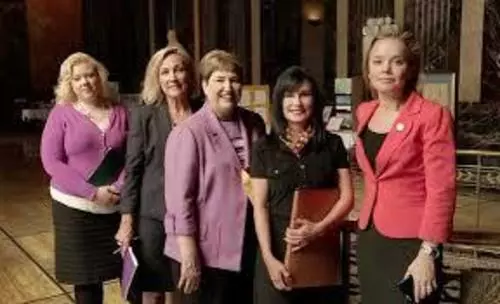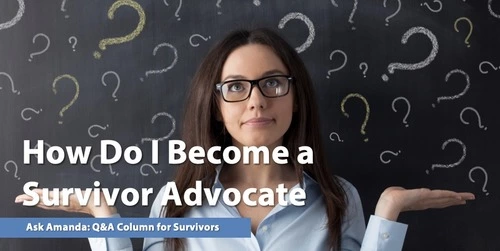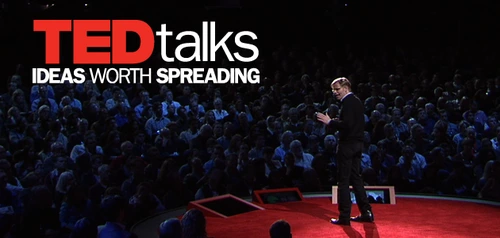1. Select a discrete app icon.

notes
The 5 Largest Single-Day Marches in History
Marches bring people together in a noteworthy display of unification
- Sep 16, 2020

As a society, we’ve long marched for change—to demand equal rights, stop the bloodshed of gun violence, stand in solidarity with all gender identities, mandate disease research, rally for more science-backed government policy, end sexual and domestic violence, and compel racial equality, among other important stances.
It’s our right as Americans to assemble, protected under the First Amendment, and we’ve been doing it since at least 1894, when it was thought the first march took place. Jacob Coxey, a businessman, led a group of 100 protestors initially, called Coxey’s Army, protesting unemployment caused by the economic depression of the time, lobbying for the government to create more jobs. The New Deal of 1933 was thought to be the result, at least in some part, of Coxey’s march.
Since then, marches have continued to bring together people from all walks of life, all ages and races, united toward one central goal with poster board and permanent markers at the ready. That central goal is change, and it’s often tied to freedom—either freedom from oppression or freedom from violence. In that sense, we could say almost every march is asking for the same thing—the right to live. With each step marched, activists are asking for an end to violence and a life without fear. It’s perhaps why advocates and survivors of domestic violence are often counted amongst the marches’ masses.
Case-in-point, activist and advocate Rita Smith, vice president of external relations for DomesticShelters.org, was amongst the estimated 1.3 million in who participated in the March for Women’s Lives in Washington, D.C. in 2004. She hoped the march would invoke long-lasting change in the fight against domestic violence.
“I was there as director of NCADV [National Coalition Against Domestic Violence] to represent the voices of survivors and advocates. The largest portion of female murder victims are killed as a result of domestic violence. We needed policy and culture changes that helped us reduce those numbers. I marched with many local advocates from across the country to demand better focus on domestic violence and sexual assault.”
By and large, marches have proven to affect change, but not in the way you might think. They have been shown to rev up political activism and increase votership more than change laws. But amending laws isn’t necessarily the main goal of pounding the pavement anyhow.
On Feb. 18, 1991, approximately 500 women marched in Minnesota carrying faceless cardboard cutouts of women, representing those who had been killed by abusers. They called it the Silent Witness March and walked wordlessly to the Minnesota State Capitol building to protest the rise in domestic violence homicides. Three years later, a national exhibit was launched and 800 more silent witness figures were created. Their goal: to make people pay attention.
As Rick Hampson writes in USA Today, “Pressed together, often for long hours and in bad weather, activists realize they're not alone. Marchers are energized and unified, even if marches rarely change federal policy and often pass unnoticed. [Marches] don’t so much convert the skeptical as confirm the faithful.”
Donate and change a life
Your support gives hope and help to victims of domestic violence every day.
In honor of the rich history of marches across the decades, we spotlighted the Top 5 largest single-day marches in history, below, starting with, appropriately, the one calling for increased safety and protections for women.
Editor’s note: Attendance numbers are estimates and vary depending on the source.
Largest Single-Day Marches in History
1. Women’s March on Washington
Date: Jan. 21, 2017, the day after President Trump’s inauguration
Attendance: 3.3-5 million people in 600 cities nationwide, with additional marchers in some 80 other countries.
This was the largest single-day protest in U.S. history. It addressed ending violence and sexual assault against women, demanding reproductive and other healthcare rights, protesting religious discrimination (primarily against Muslim Americans), supporting LGBTQ+ rights, and calling attention to gender and racial inequities. Worldwide, it’s believed 7 million people marched, many of them wearing a pink hat that looks like cat ears, aka, a “pussy” hat. The marches were nonviolent and no arrests were made. It was followed up in 2018 with 1.5 million people nationwide but has since lost some steam.
2. March for Our Lives
Date: March 24, 2018
Attendance: 1.2-2 million in Washington, D.C., and some 880 other marches simultaneously held throughout the country.
This student-led march holds the title of the largest single-day protest against gun violence. It was spurred by the Feb. 14 shooting at Stoneman Douglas High School in Parkland, Fla., where a 19-year-old gunman killed 17 and injured 17 others. The march has created some tangible change—organizers say they helped increase the youth voter turnout in the 2018 midterm election by 47 percent.
3. March for Women’s Lives
Date: April 25, 2004
Attendance: 1.1-1.3 million in Washington, D.C.
Led by seven groups including the National Organization for Women, the ACLU and Planned Parenthood, protestors marched for reproductive rights, abortion rights and women’s rights overall. It was the first time since 1992 that a march had focused on reproductive freedom.
4. The March on Washington for Lesbian, Gay and Bi Equal Rights and Liberation
Date: April 25, 1993
Attendance: 800,000-1 million
A year after the discriminatory Don’t Ask Don’t Tell policy was instituted by the Clinton Administration, the LGBT community and its supporters descended upon Washington to demand a lesbian, gay, bisexual and transgender civil rights bill and to abolish laws that criminalized being gay, among other things. The LGBTQ+ community is still waiting for those protections today.
5. Million Man March
Date: Oct. 16, 1995
Attendance: 700,000-800,000 people in Washington, D.C.
This all-Black-male march, called for by political activist Louis Farrakhan, sought to bring attention to urban and minority issues. It included a simultaneous “Day of Absence” where Black individuals were encouraged to stay home from work and focus on voter registration within their communities. Two years later, the Million Women March was held to unify Black women and saw a turnout of 500,000 people.
Honorable Mentions
There are so many more marches in history to celebrate. In May of 2000, nearly 750,000 came together for the Million Mom March; in April of 2017, it’s estimated anywhere from 400,000 to 1 million participated in the inaugural March for Science worldwide; and, of course, we can’t forget the Civil Rights March, also known as The March on Washington, which took place on Aug. 28, 1963 and saw a 250,000-person turnout, including a man by the name Rev. Dr. Martin Luther King, Jr., who delivered his unforgettable “I Have a Dream” speech.
Staying Safe at Marches
Do you feel the call to march but are worried about your safety after what’s happened in Portland, Kenosha and other cities of late? Security Expert Spencer Coursen (who we interviewed for this piece, “Leaving Without Dying”) addresses the best practices for staying safe at protests in his latest episode of Coursen’s Corner.
Photo by Vlad Tchompalov on Unsplash
Looking for someone to speak with? Enter your location to find phone numbers for domestic violence experts in your area.
Have a question about domestic violence? Type your question below to find answers.







